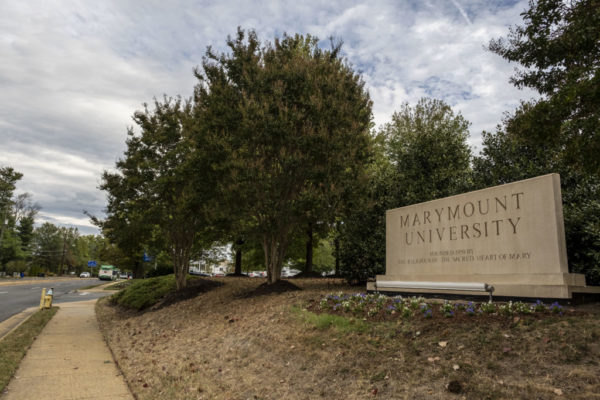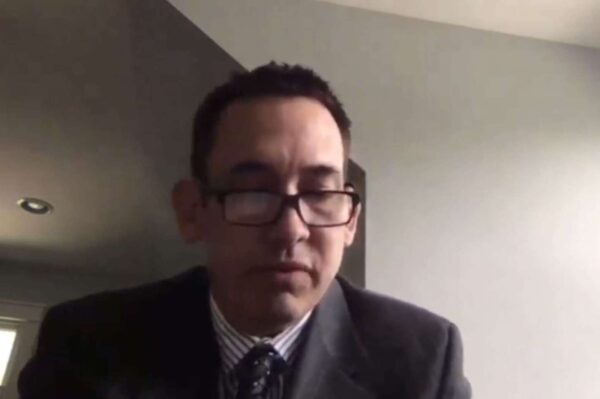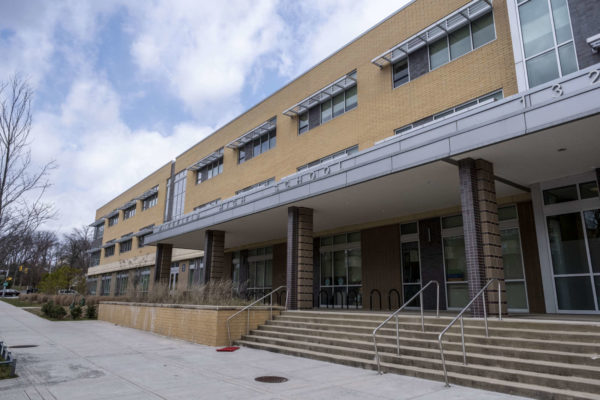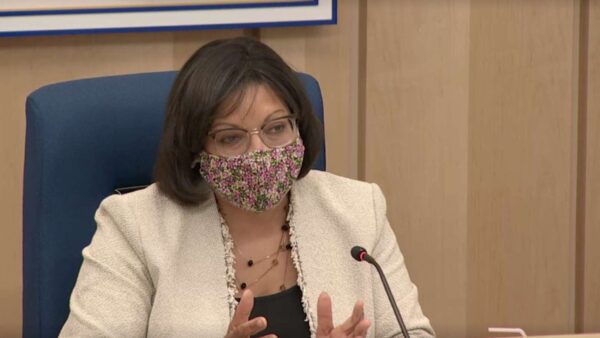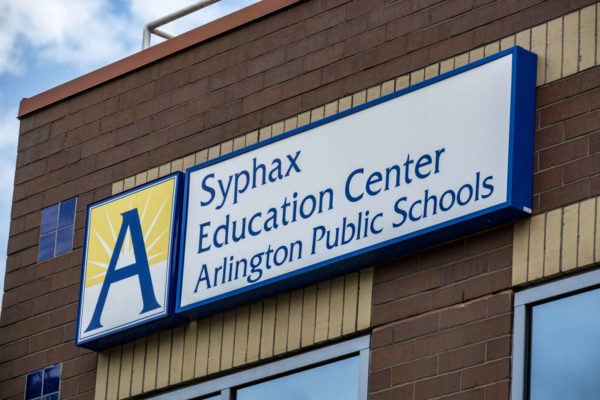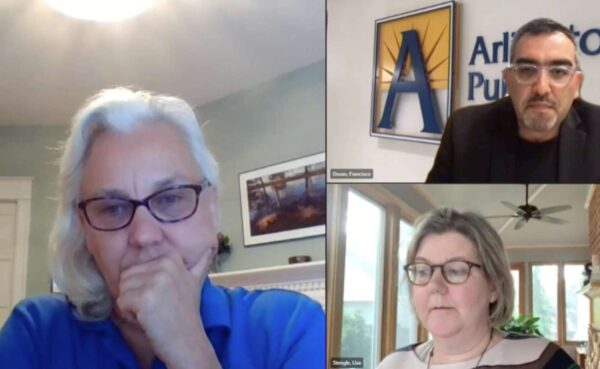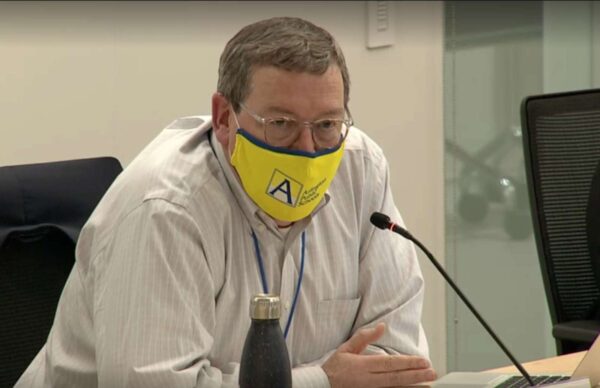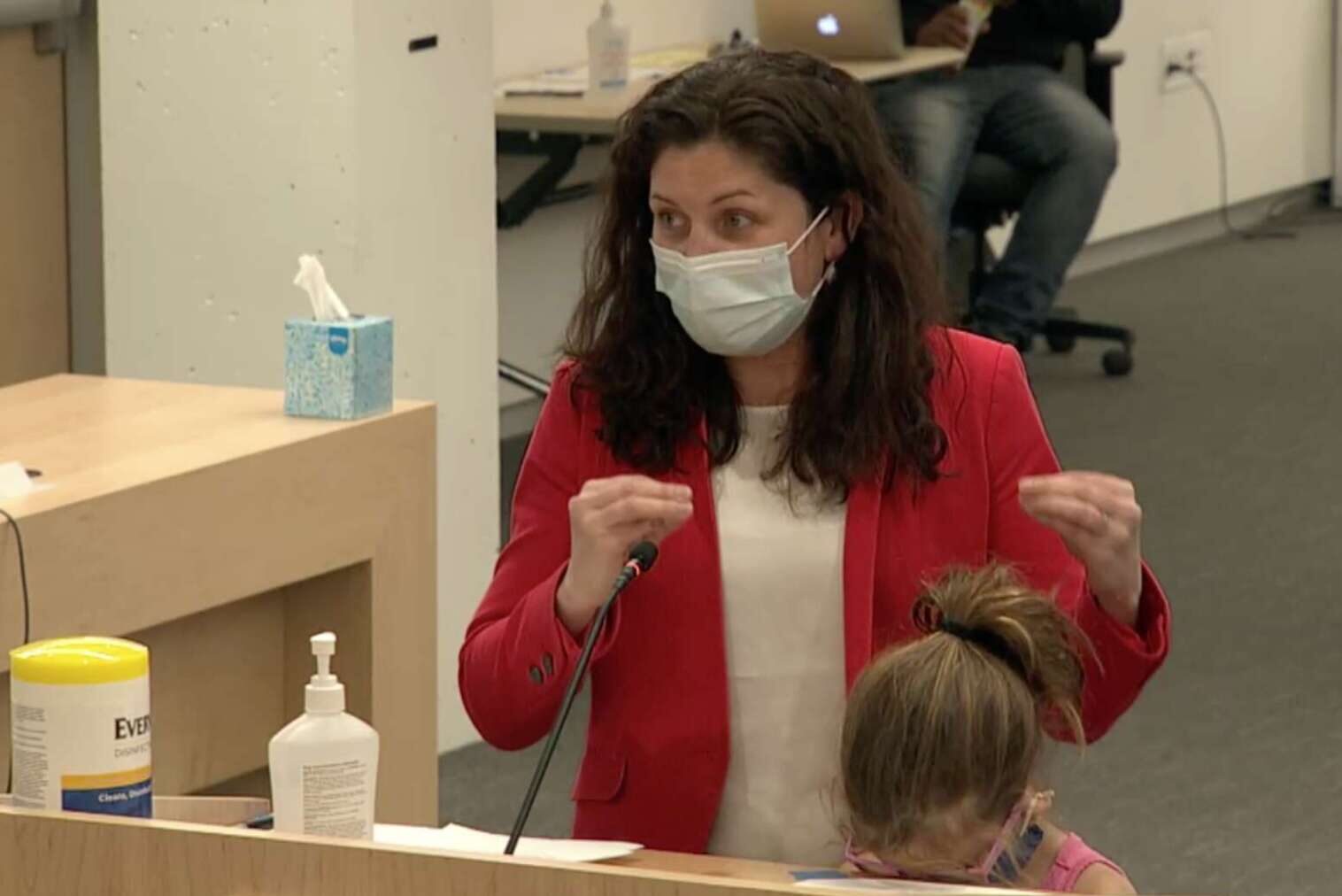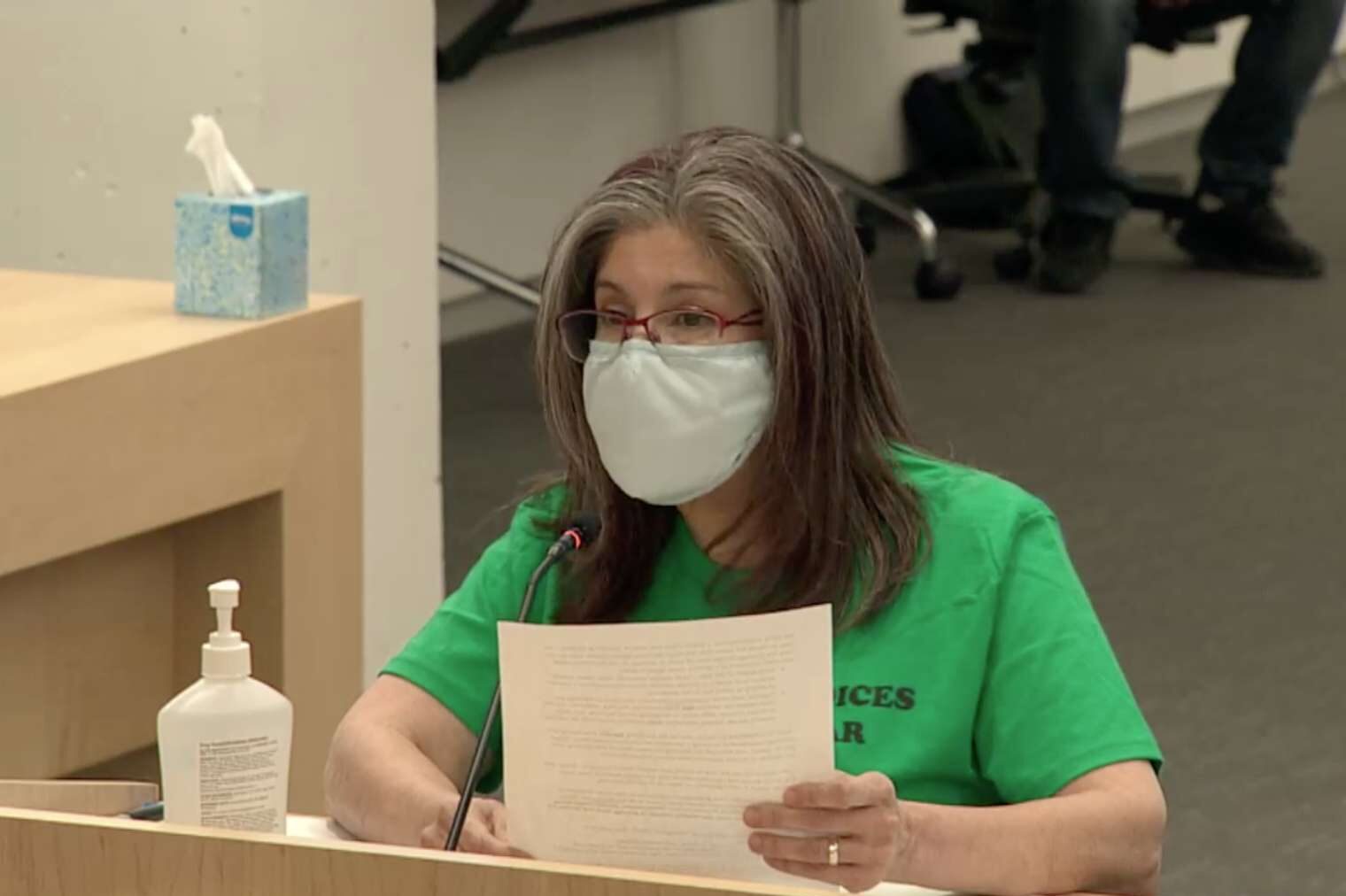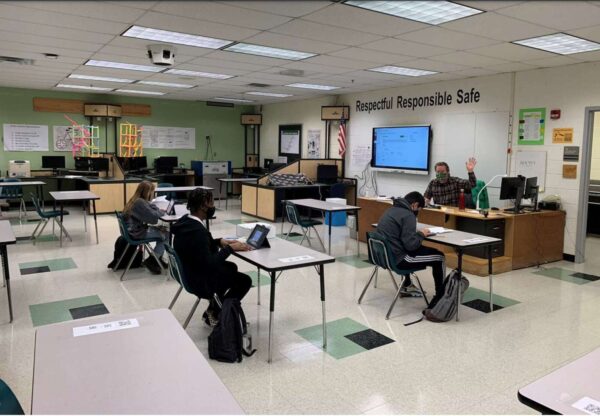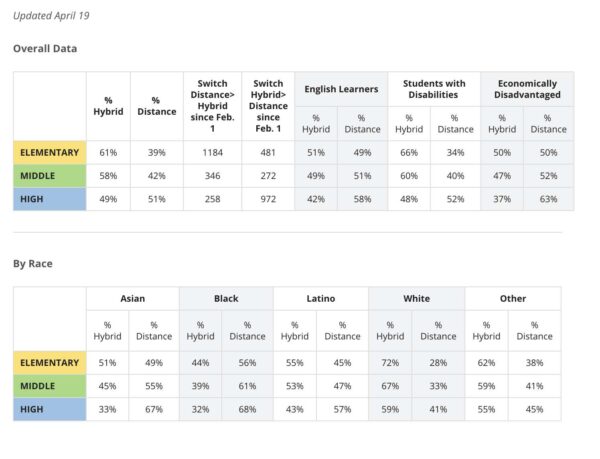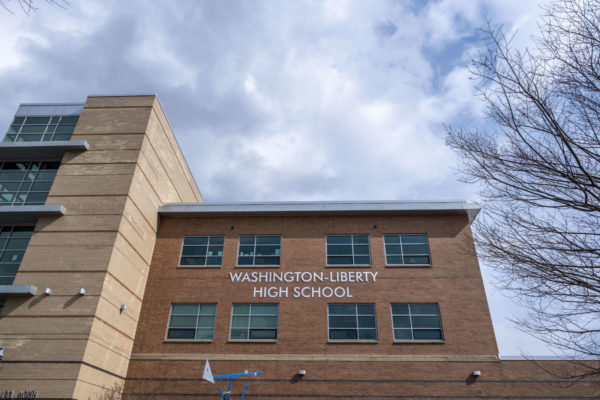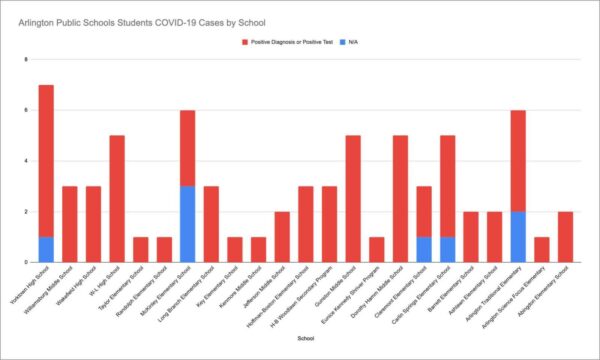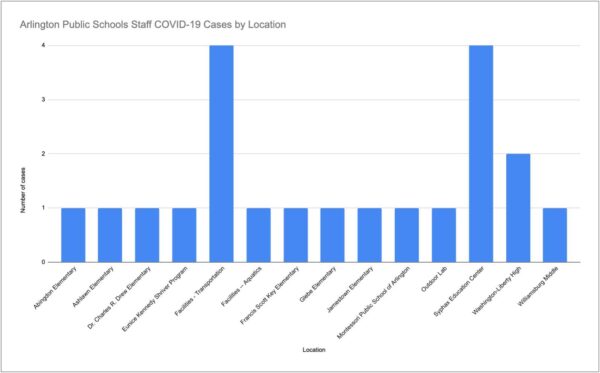Marymount University’s commencement weekend is underway and is back to being an in-person event.
The university held last year’s ceremony virtually due to the pandemic. This year’s commencement will feature a trio of notable speakers: former Virginia Department of Education Secretary James Dyke Jr. on Friday, Black Entertainment Television co-founder Sheila Johnson on Saturday, and former Washington Post publisher Don Graham on Sunday.
Undergraduate and graduate students will be grouped by their college at the university for the first time as part of the proceedings, which are taking place on the athletic field at the university’s main campus near Washington Golf and Country Club.
The schedule will run as follows.
- 10 a.m. Friday: Commencement for the College of Health and Education
- 10 a.m. Saturday: Commencement for the College of Sciences and Humanities
- 4:30 p.m. Saturday: A celebration for 2019-2020 graduates will take place in the Lee Center
- 10 a.m. Sunday: Commencement for the College of Business, Innovation, Leadership and Technology
“Marymount’s face covering policy and social distancing protocols will be followed in each event,” the university said in a May 7 news release prior to the new CDC guidance. “Only graduating students, faculty and speakers will be permitted on the Converse Family Field during the commencement ceremonies, but two guests for each graduating student will be accommodated on campus to view the ceremony via a livestream broadcast.”
The ceremonies will also be livestreamed on Marymount’s Facebook page.
Meanwhile, the university plans to return fully to on-campus activities this fall while requiring students to be vaccinated.
President Irma Becerra said in a news release that officials concluded the requirement would “best ensure that the University is able to offer a safe, face-to-face” environment.
“For both the Fall 2020 and Spring 2021 semesters, Marymount has operated through a hybrid model that has allowed students to learn and live on campus, with remote course delivery options also utilized to achieve a safe and optimal learning environment,” the university noted.
During the fall semester last year, the university responded to a cluster of infections on campus but has repeatedly reported progress since then.
“No positive COVID-19 cases at Marymount have been traced back to classroom settings, and there have been no disruptions to University operations from any COVID-related impacts,” the university added. “Recently, student athletes resumed competition with other colleges and universities as well.”


